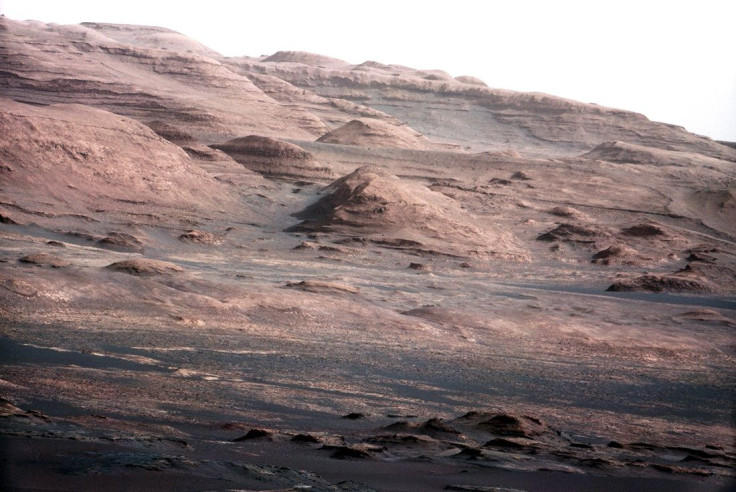Earth is turning barren, red and lifeless like Mars, warns scientist

A Harvard University scientist has said that Earth is slowly turning into a red barren and lifeless land just like Mars. This means that all species of the planet, including humans, may be at risk of extinction.
Astrophysicist Anjali Tripathi said in the latest TED talk that every minute, 400 pounds (181kg) of hydrogen along with 6.6 pounds (3kg) of helium escape into outer space from Earth. She said that this can impact the atmosphere of the planet. Time will come when the atmosphere will no longer be able to cling around the planet. Consequently, Earth’s surface will become red, barren and lifeless, which would apparently mean the end of the world.
Atmosphere is a lot more than the “tenuous veneer around our planet" that allows life to flourish. She said although the effect sounds amazing, it should also threaten humans. If it remains the same, Earth will gradually observe the same fate as red planet Mars, which was once believed to sustain life.
Tripathi added that Mars also went through the same process and all of its hydrogen escaped leaving only oxygen behind. Thereafter, the oxygen caused the planet to rust or oxidise and so it turned red over time.
When will the world end?
As Earth is undergoing the same process, the results of this (as witnessed by Mars) would not come to Earth as quickly. The end of the world may not come in the near future. It might take a few billion years for Earth to turn lifeless, barren and red like Mars. However, Tripathi said that the process will gain pace in the far future as the Sun is all set to get bigger and brighter, and engulf the solar system.
Read also: Mars Mission: NASA developing special food bars for Mars flights




















